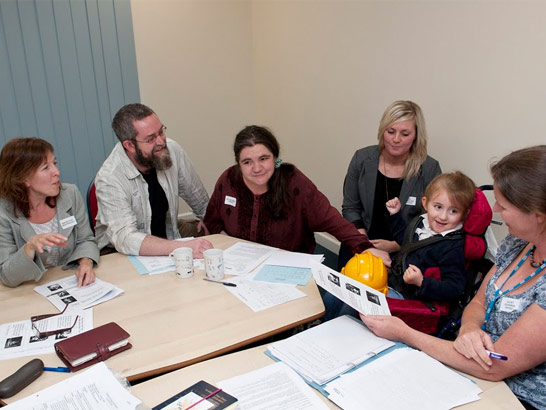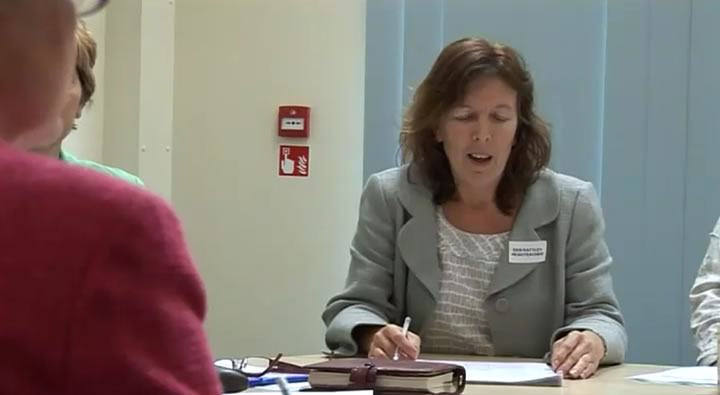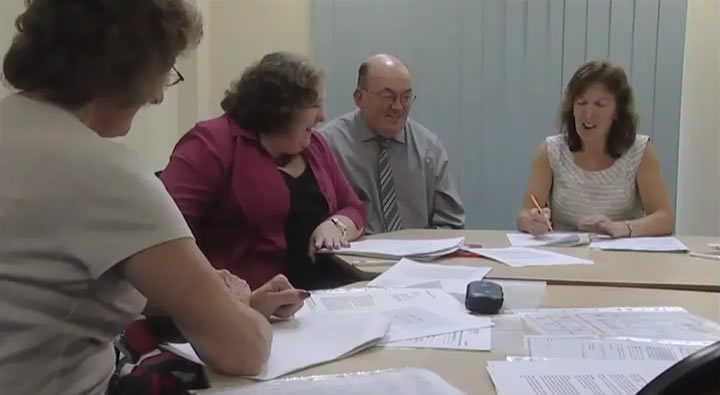'Special educational provision' is defined in subsection 312(4) of the Education Act 1996
(as amended by the School Standards and Framework Act 1998) as:
- In relation to a child who has attained the age of two, educational provision which is additional to, or otherwise different from, the educational provision made generally for children of his age in schools maintained by the local education authority (other than special schools) in their area;
- In relation to a child under that age, educational provision of any kind.
The SEN Code of Practice gives guidance to early education settings, state schools, local authorities and anybody else that helps to identify, assess and provide help for children with SEN. It sets out the processes and procedures that all these organisations must or should follow to meet the needs of children. They must not ignore the guidance in the Code and they must take account of the Code when they make their SEN policies.
Children with SEN will need different
levels of support, according to their needs. Appropriate provision, based upon individual
children’s needs is achieved through a ‘graduated approach’ where,
increasingly, step-by-step specialist expertise can be brought in to help the school
with the difficulties a child may have.
The 'graduated approach' is explained in the
Where the school or early education setting cannot provide all the help a child
needs, the local authority will consider carrying out a statutory assessment to
find out exactly what the child's needs are and what special help they need.
As a result of the assessment, the local authority may issue a statement of Special
Educational Needs.
When carrying out an assessment, the authority must seek written advice from:
- Parents;
- The child's school or early years' setting;
- An educational psychologist;
- A doctor;
- Social services (who will only give advice if they know the child);
- Anyone else whose advice the local authority considers appropriate.

If the local authority decides that a statement is not appropriate, they issue a 'note in lieu'. Parents may challenge this decision through an appeal to the Special Educational Needs and Disability Tribunal.
The school identified within the statement and also the parents of the child concerned receive a copy of the statement.

The statement comes into force as soon as the local authority makes it. From that time, the local authority must provide the child's school with any extra resources it needs. The school's governors must do their best to make sure the child gets the special educational help set out in the statement.
The statement is legally binding and enforceable, and can only be changed by agreement by parties concerned through a formal review, or by appeal to a Special Educational Needs and Disability Tribunal.

You can read it here:
An example of a fictional statement can be seen here:
statement (2)

A statement is set out in six parts:
1. Background details
2. Special educational needs
3. Help
4. School
5. Non-educational needs
6. Non-educational help
Return
Return
Return
Return
Return
in Part 5.
Return

All statements of Special Educational Needs will, therefore, have a similar look,
regardless of the authority drawing them up.
An example of a fictional statement can be seen here:
Before a final statement is written, the local authority sends parents a ‘proposed statement’, that is a draft,
for comment.

Local authorities must check each child’s progress and make sure that the
statement continues to meet their special educational needs. They must review the
statement at least once a year, but they can do it more often if necessary.
The procedures for organising annual reviews are set out here:
Who attends a review?
-
 Review meeting 1 (Sophia)8:11Presentation from class teacher at her special school placement.
Review meeting 1 (Sophia)8:11Presentation from class teacher at her special school placement. -
 Review meeting 1 (Marley)0:30Introduction
Review meeting 1 (Marley)0:30Introduction
The parties who must contribute to the statement also contribute to the review. If key professionals are unable to attend review meetings, they send in reports. Watch this video clip in which Marley’s parents comment on reports from the visual impairment service and the music therapist.
Task: Pupil's voice (1)
-
 Sophia joins her review meeting.2:40
Sophia joins her review meeting.2:40 -
 Sophia's teacher describes helping Sophia to participate in her review.3:51
Sophia's teacher describes helping Sophia to participate in her review.3:51
review meeting.
After listening to everyone’s views at the review meeting, the school will
set new targets. The headteacher sends a report to the local authority recommending
any changes the people at the meeting felt should be made to the statement.
The local authority must then, on receiving this report, decide whether:
- The statement should remain the same;
- Changes should be made to the content of the statement in response to different circumstances or changing needs;
- The statement is no longer required to support meeting the child’s needs.

Both of the reviews that you have seen led to agreed actions. What would happen
if they did not?
In the most serious cases, the parents may appeal to a tribunal. These are discussed
in more detail in the next section.


